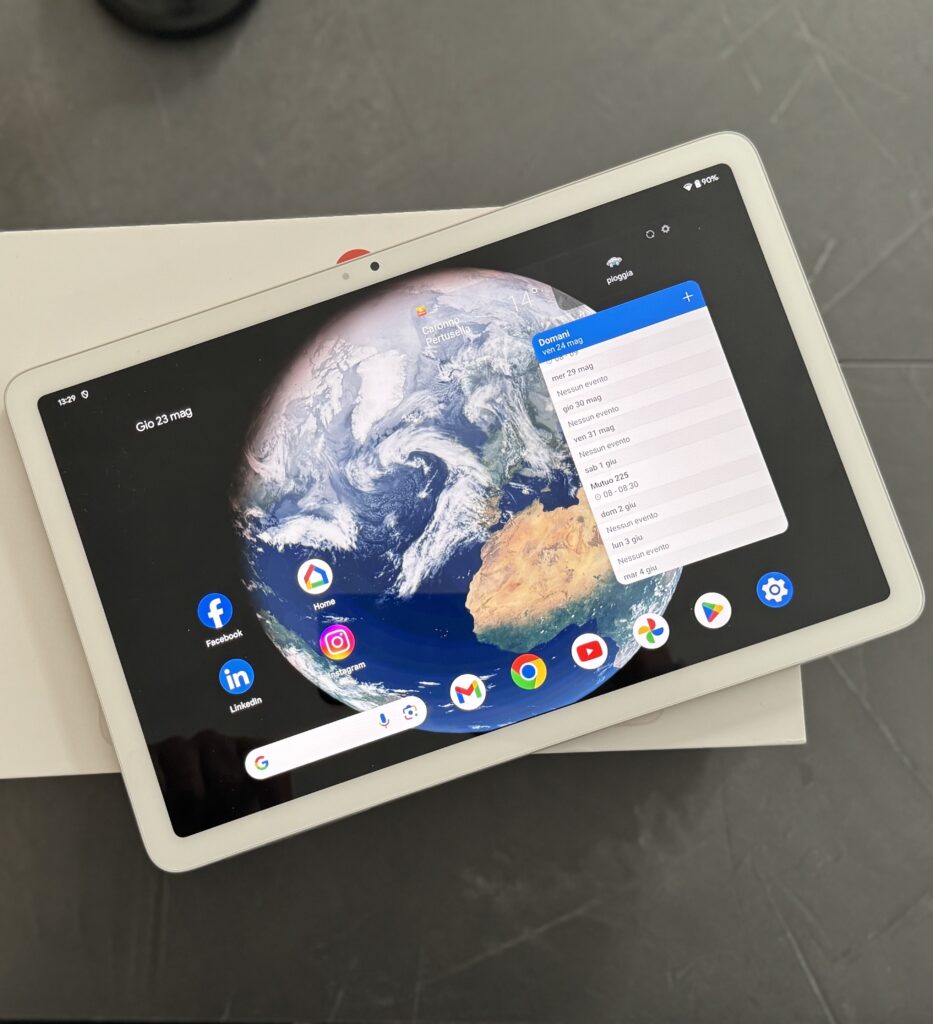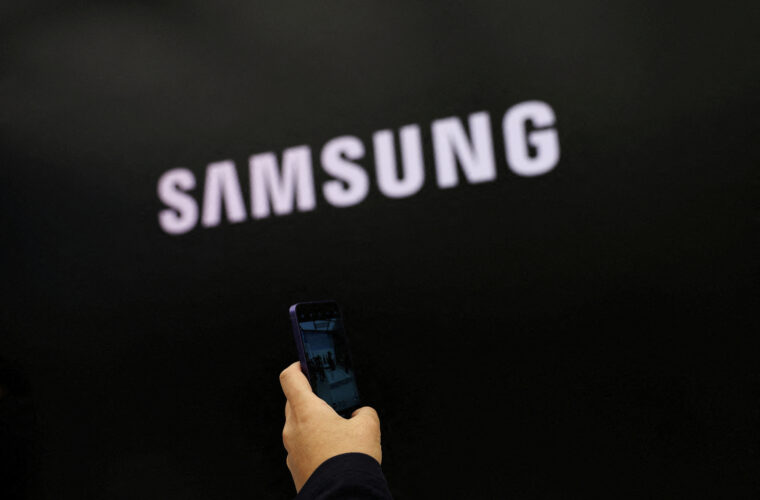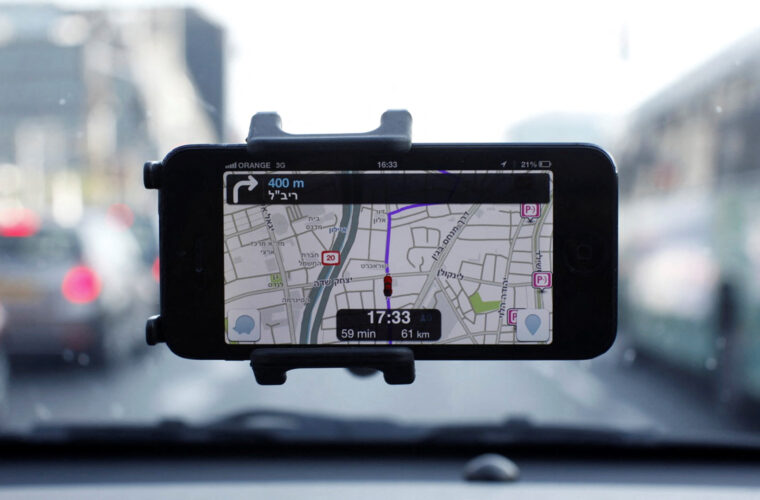Pixel Tablet, how Google distinguishes itself from the competition
Google also brought its Pixel Tablet to more countries in Europe in mid-May. It is a product that has, by now, strong competition both within and outside the Android ‘house’. The reference is, of course, to the iPads, recently updated by Apple and capable of being valid substitutes, even for a Mac, for production and multimedia editing operations. On the other hand, there is Samsung, which has been on the crest of a wave for years with its Tabs, which also have the advantage of the S Pen and the artificial intelligence support of Galaxy AI. Still, Big G has found a good way to stand out from the crowd.
The reference is to the possibility of buying the Pixel Tablet in two versions, one with just the device and another with the charging base included, which, however, also performs another function, namely as a speaker that extends the audio quality, transforming the tablet into a sort of connected home control, to be used without hands. Will it be enough?
The design and construction
Google has opted for an 11-inch display. Technically, it is 10.95 inches if you consider the rounded corners, but that tiny sacrifice is worth it for the aesthetics. It is adequately sharp with a resolution of 2560×1600 and has a wide 16:10 aspect ratio. Other details include an anti-stain coating and support for USI 2.0 stylus pens, the latest version of the Universal Stylus Initiative. Overall, the Pixel Tablet has the look and feel of a high-end product, thanks in part to the nanoceramic coating.
This gives it a pleasant tactile texture, combined with a matt finish that makes it easier to grip. In its dock, the Google Pixel Tablet looks very similar to the Google Nest Hub, albeit larger. The base is upholstered in fabric at a slight angle, allowing you to watch content even if you are sitting higher than the tablet’s position. A solution designed to enjoy streaming apps, such as the proprietary YouTube (but there are all the Android ones on the Play Store).
The frame is clean: only three buttons are on the top side. Two are for volume, and one is for power, acting as a fingerprint reader to unlock the device without entering a code. Seen as an object for the home and family, each person can set up their own Google account to access their screens and email accounts without having to switch from one profile to another each time, but letting the tablet recognize them by face or by fingerprint.
There is also AI
Although you are unlikely to use the Pixel Tablet to take photos or videos on the go, the front and rear cameras are good, especially for video calling activities. Both are 8 MP, f/2.0, with a field of view of 84 degrees and capable of recording 1080p/30 fps video. A unique feature is continuous framing; like the iPad’s Center Stage, Google’s camera will automatically pan and zoom the user during a video call to keep him or her in the centre of the frame. Here is a first inference of artificial intelligence: 360-degree backgrounds can also be added in communication apps to move the tablet and appear to be in another environment. The AI does the hardest work of recognizing and aligning the subjects to make the result more lifelike.

The dock sets it apart
There are two options for audio: the tablet has a four-speaker configuration with two drivers on both sides (in landscape mode), while the docking station has a 43.5 mm full-range driver. The audio coming from the docking station’s charging speaker is of superior quality. When the tablet is undocked, using the dock as a speaker via Bluetooth, Google Cast or otherwise is impossible.
During docking and undocking, any audio played will automatically switch between the two sound systems. To date, it is impossible to customize the tone balance, which somewhat limits playback when switching to multiple music genres requiring different highs, mid and lows. Google has thought of a way not to erode the battery too much for those who always keep the tablet docked. In practice, recharging never reaches its full extent and then proceeds very slowly. All in all, if one needs to charge the Pixel Tablet in a short time, one has to use the classic wall charger and detach it from the dock. Placed on the desk instead, it will recharge in about 3 hours.
Do I buy it?
A unique selling point is that the Pixel Tablet is the first tablet ever with integrated Google Cast. This allows you to ‘stream’ content from your phone or other devices to play it on a larger screen. Countless apps are supported, including Netflix, Spotify and Prime Video. One of the advantages of choosing Google is five years of security updates and a minimum of three years of operating system updates, with Android versions expected to run until June 2026. The price is €499 with just the tablet and €599 with the dock included. There are two formats: 128 GB or 256 GB storage, clay grey or green grey, and a price tag of up to 719 euro.



